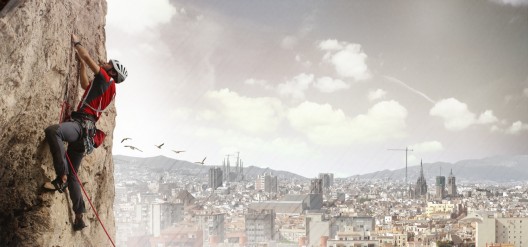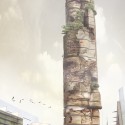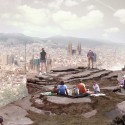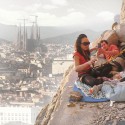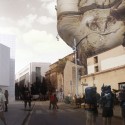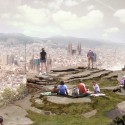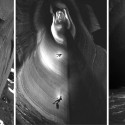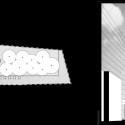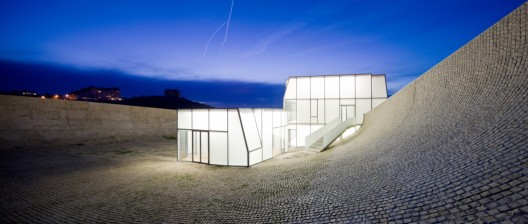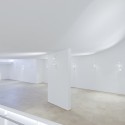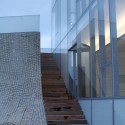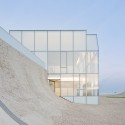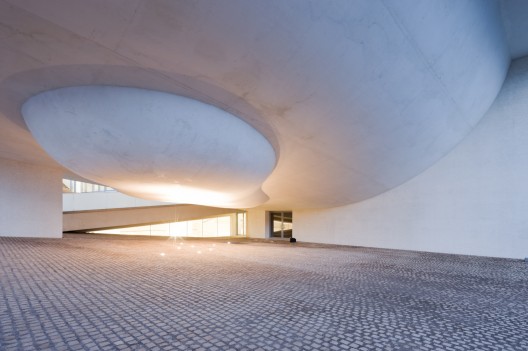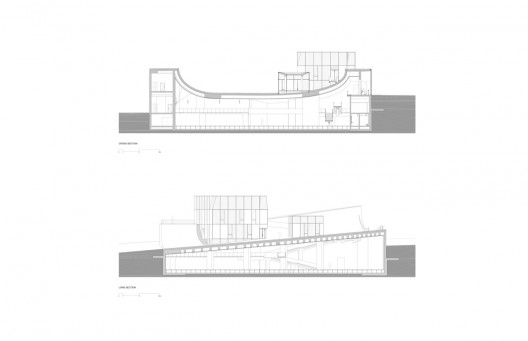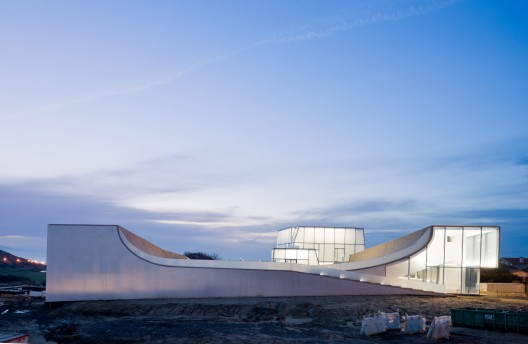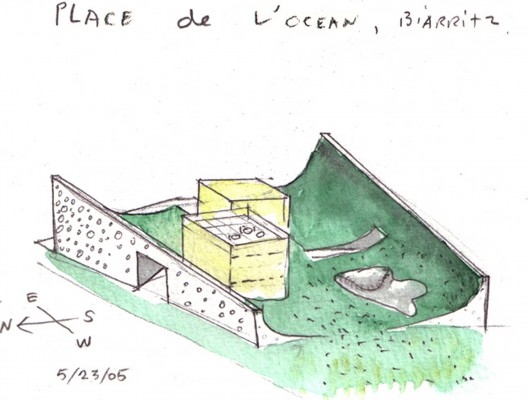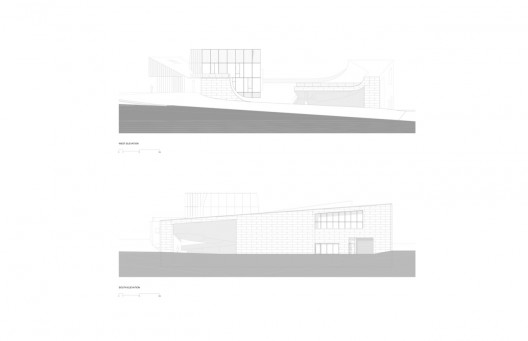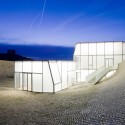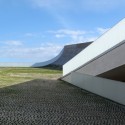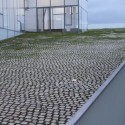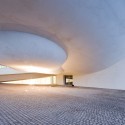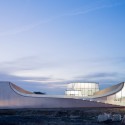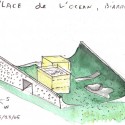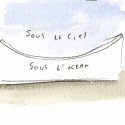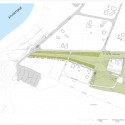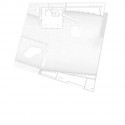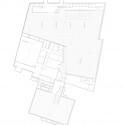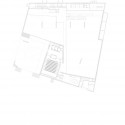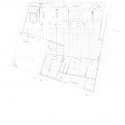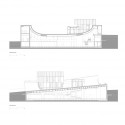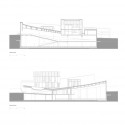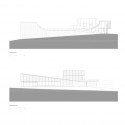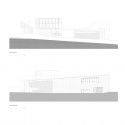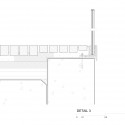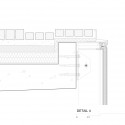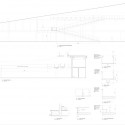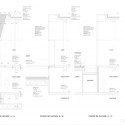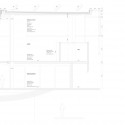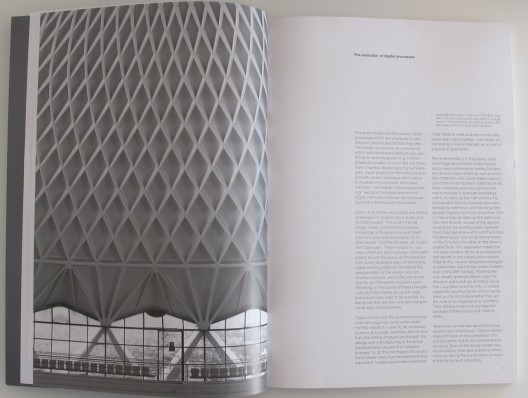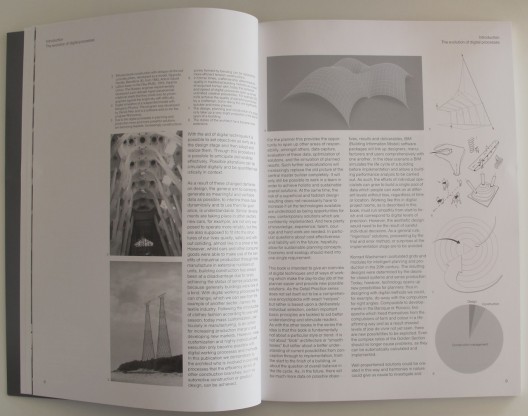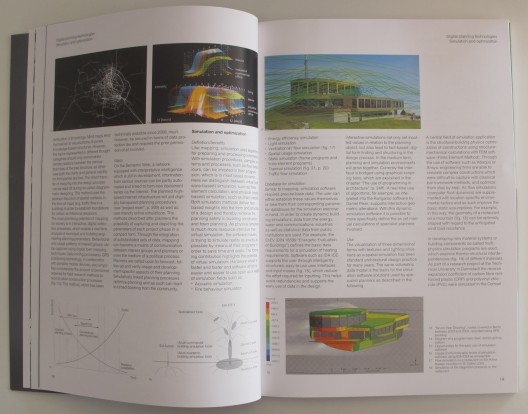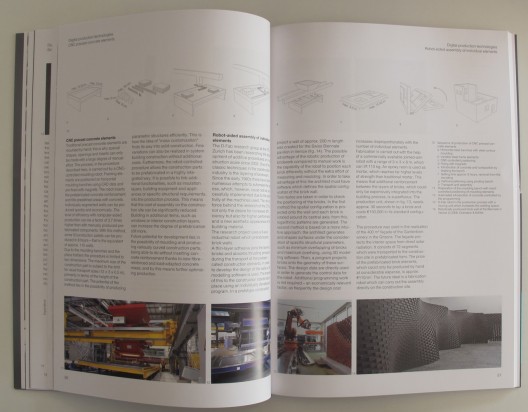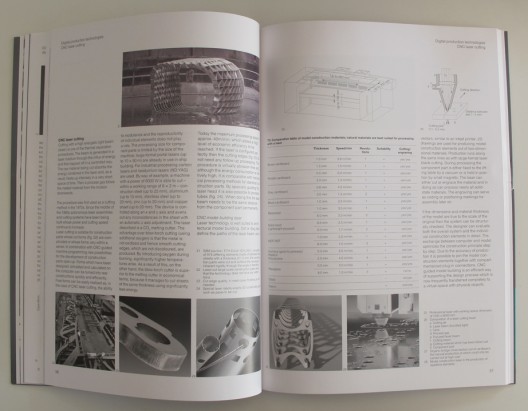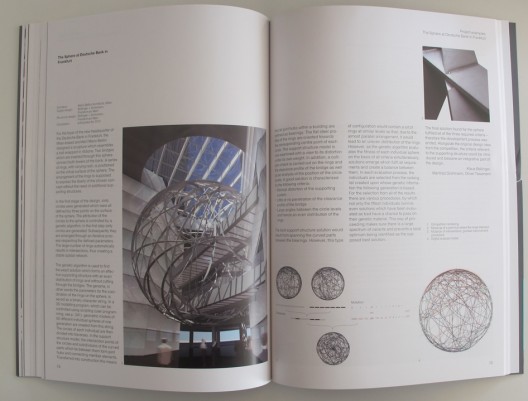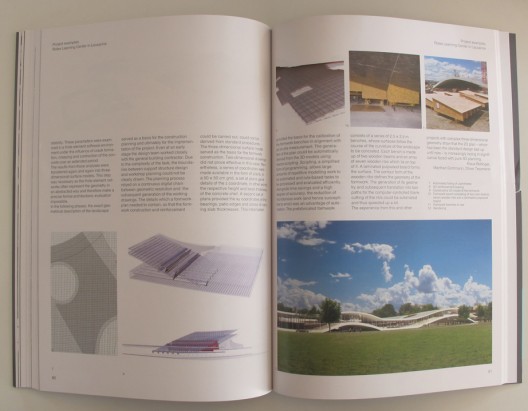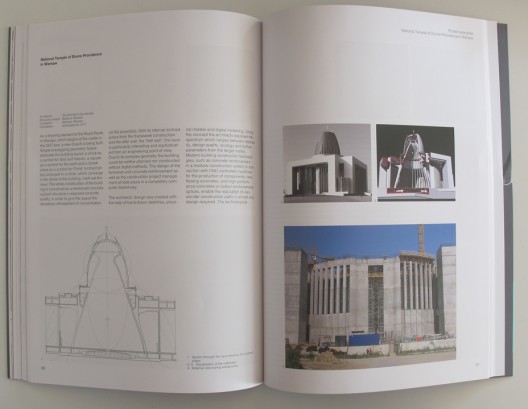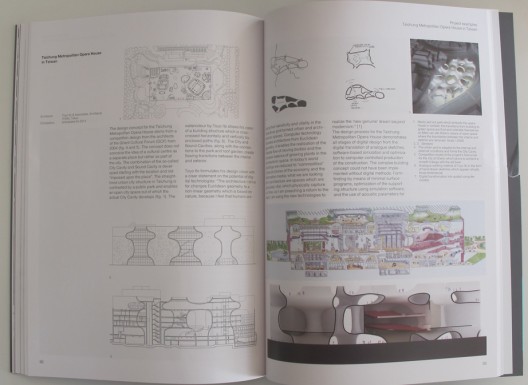
New Babylon by Constant
On his book Investigations in Collective Form, Fumihiko Maki defined the concept of megastructure:
The ideal is not a system, on the other hand, in which the physical structure of the city is at the mercy of unpredictable change. The ideal is a kind of master form which can move into ever new states of equilibrium and yet maintain visual consistency and a sense of continuing order in the long run.
The idea of “continuing order in the long run” was then expanded by Reynar Banham when he published Megastructure. Urban Futures of the Recent Past in 1976, saying that
Megastructures represent a bold, if doomed, attempt to create the future in an architectural mould. In the 1960s architects of the ‘modern movement’ became convinced it was their responsibility to design the whole human environment and out of this concept an obligation arose the Megastructure –a vast, monumental framework of structure, transportation and services whiten which individuals or groups or whole communities would contrive their own environments. Many were planned, few were built, but for a decade the Megastructure movement was the dominant force in architecture and urbanism –on a global scale.
Both ideas seems to be the start point of WAI think-tank provocation when they ask: What About the Avant-garde, Megastructures and Shopping Malls?

New Babylon by Constant as Southdale Center by WAI
Cruz and Nathalie from WAI share with us a long tour through the history of the megastructure, starting with Le Corbusier’s La ville contemporaine pour trois millions d’habitants, passing through Brasilia to finally land on Constant’s New Babylon described by them as the first proposal of a naively energetic avant-garde. They pointed:
New Babylon was perhaps the first of the Megastructures; colossal complexes that could mix programs and be developed ad infinitum, architectural plankton accumulating in the urban ocean.
At this point, the main subject of their provocative text is to revisit the concept of Megastructure and to study contemporary shopping malls as its reinterpretation.

Southdale Center [1956]. Source: Life magazine photo archive

Interior of New Babylon as the Southdale Center. Photomontage by WAI
If the megastructures can be defined as a kind of architectural simulation, designed in a decade when seems that architects have lost all ability to make sense of the distinction between nature and artifice, working on paper architecture which aimed to use technologies that they didn’t even know well, then we can quote Jean Baudrillard when he wrote on The Order of Simulacra “Simulation is no longer that of a territory, a referential being or a substance. It is the generation by models of a real without origin or reality: a hyperreal”.
In 1956 Victor Gruen’s Southdale Center, the first air conditioned enclosed shopping mall, opened to the public in a Minneapolis suburb. The building was the first of a series of structures that—like the Megastructures—were to create an artificial environment that would free the users from the complications of the city. Can we talk about hyperreality or simulacra if we talk about a space free from bad weather, crime, dirt and problems? According to WAI, the shopping mall represented the ultimate achievement of commercial architecture; the apotheosis of consumer culture; a new type of facsimile reality enclosed in a cluster of walls and juxtaposed corridors.

Southdale Shopping Center opened in 1956 in Edina, Minnesota. Source: James von Etten

Battle of the megastructures. New Babylon as the Southdale Center by WAI
The new era of avant-garde and radical architecture started at the same time as shopping malls biggest developments or i.e. Walt Disney’s utopia for his original EPCOT project. After the 1960s, Venturi, Scott Brown and Izenou wrote their famous Learning from Las Vegas, were they emphasized the generalization from the findings of the first part on symbolism in architecture and the iconography of urban sprawl. The importance of “the image” has never been as strong as in those years. According to Jean Baudrillard, such would be the successive phases of the image:
“it is the reflection of a profound reality;
it masks and denatures a profound reality;
it masks the absence of a profound reality;
it has no relation to any reality whatsoever;
it is its own pure simulacrum.”
Cruz and Natalie go further on this phases of the image and how to transform this image into reality, asking if was Victor Gruen the architect New Babylon needed? Or was New Babylon the Shopping Mall of the avant-garde? How can the ultimate capitalist enterprise coincide with the ultimate Marxist project? Was the “new” avant-garde dreaming about what the most commercial of enterprises was already achieving? Or, was the “new” avant-garde trying to use their flashy pop-graphics and cartoonesque diagrams as stealth —under the graphics, the mall?

Fun Palace by Cedric Price
In 1973 Reyner Banham gave a series of lectures at the architecture department of Naples University, saying that “Megastructure is dead. It is thus high time to place it within the history of architecture.”
What if instead of thinking that megastructure is dead, we talk about new and existing megastructures, which maybe started with the Centre Georges Pompidou as a reinterpretation of new Cedric Price’s “Fun Palace”, described by Mark Crinson with this words:
The Fun Palace tried to go further than any other architecture of the time in addressing popular culture not as subject matter but by integrating the social and cultural with the aesthetic and functional, creating what Stanley Mathews in his carefully researched new book calls a ‘matrix that enclosed an interactive machine… a vast social experiment in new ways of building, thinking and being’. Part of the fascination of the Fun Palace lies in its most obvious contradictions: it gave its users, who were largely unconsulted, the freedom to make their own spaces in an open unshaped environment yet it also wanted to monitor their options and choices.
We do agree with WAI on the reinterpretation of the shopping mall as the new megastructure. Not so long ago, we wrote about the similarities between megastructures such as the Fun Palace and contemporary shopping malls pointing that “Existing malls abound in the suburbs of big cities [and increasingly in the centers of the same] repeating schemes raised almost fifty years ago: Great flexible spaces, linked by corridors and endless open structures, high-lift technology and use of digital control systems. The Fun Palace of the 21th century.”

Yona Friedman’s La Ville Spatiale and the Centre Georges Pompidou
If the way we work, produce and consume shape our life system, we can asume without drama, that capitalism has finally conquered our utopias. That’s why we want to finish with WAI reflections:
“Could we then, instead of condemning the “new” avant-garde to the sterility of museum walls and architecture publications, discard their programmatic naivety, and recognize their potential as powerful tools of representation?
Are we prepared to take the risk and assume the role of the avant-garde, and create proposals even if they are not going to be accepted from the beginning, and develop tools that may end up portraying recycled models of urbanization? Because at the end of the day, as these stories prove, the avant-garde was not always right, but it was, and it will remain just a beginning.“
—–
Related readings and links:
[1] WAI Think-Tank complete article Megastructures are Shopping Malls of the Avant-Garde
[2] Megastructure Reloaded. Interesting texts and projects all related with the concept of megastructure.
[3] In the Bowels of the Fun Palace by Mark Crinson at Mute Magazine



